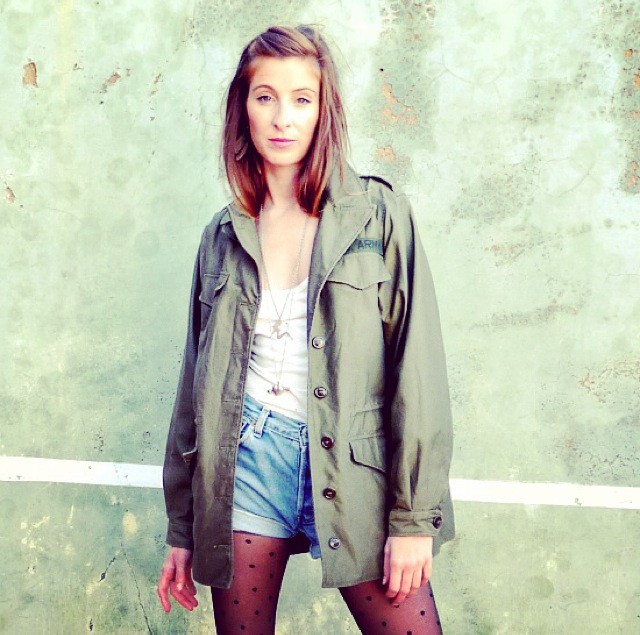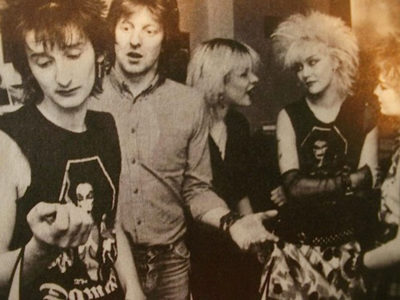Boho Moroccan Kaftans Back In Stock!
Here at The Stellar Boutique we are celebrating the beginning of summer and, of course, festival season by bringing in a touch of the exotic with our hot array of Moroccan kaftans that are now back in stock.
The perfect summer essential to add a touch of bohemian glam, these gorgeous kaftan dresses are the genuine article, sourced from deep within the souks of the enchanted city of Marrakech. Each one has a traditional Moroccan embroidered trim and with the distinctive Arabian design on the front and back these kaftans have a true authenticity that won’t be found in your average high street store.
Incredibly versatile, these kaftans are an essential ‘must-have’ in every individuals’ holiday wardrobe. Perfect for throwing over your sun-kissed bod on the beach, they provide ideal protection from the sun but are loose, airy and light enough to keep you cool whilst making a style statement at the same!
Alternatively, team them with a boho belt, some gladiator sandals and a tassel bag and ‘Rock the Kasbah’ for the ultimate festival look for summer 2014.
Or simply wear yours to potter about in at home or the garden on those lazy, bohemian afternoons!
Either way, these kaftans are perfect for that super stylish, exotic summer cool.
Because we purchase our kaftans directly from the artisans of Morocco, we are able to ensure a fair trade policy. Working together to bring you unique North African delights straight out of the souks and delivered directly to your door.
As always, these beautiful kaftans are exclusive to The Stellar Boutique, guaranteeing you stylish and original fashion that cannot be found anywhere else!












































